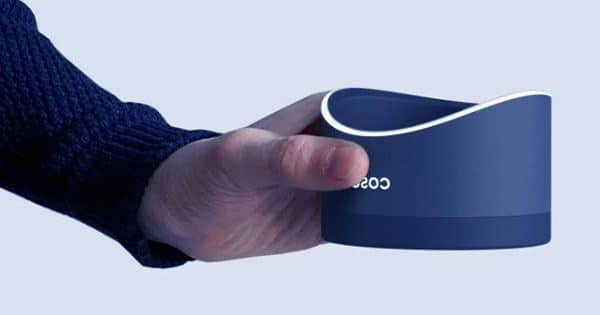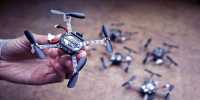A bath for your testicles has won a James Dyson award, an international award that celebrates design and engineering, and will go through to the final international stage of the competition. The “Coso” contraceptive device, designed by German design graduate Rebecca Weiss, is characterized as an “ultrasound-based, reversible, and hormone-free male contraceptive device for home use.” The user opens their legs, removes their testicles, and sets them inside the sleek-looking device, which has filled with water and heated to the desired temperature. After that, the testicles subjected to ultrasound treatment for several minutes in order to stop spermatogenesis.
“I was diagnosed with cancer precursor cervix about a year ago due to contraception with the pill,” Weiss said at the Dyson Awards. “Hormonal contraception was no longer an option after that.” My boyfriend and I discovered the lack of male contraception when hunting for an alternative option.
“This isn’t a problem that only affects me.” It also has an impact on a large number of other people. This also reflected in the present public debate over the shortage of contraception options. As a result, in my master’s thesis in Industrial Design at the Technical University of Munich, I chose to focus on the development of a novel contraceptive strategy for males.”
Weiss conducted design workshops with adolescent people to determine what they would desire from such a device and to assist in the testicular ergonomics. She now aims to evaluate the device’s viability and raise financing for clinical trials after winning the German James Dyson award.
The concept of utilizing ultrasonography as a form of contraception is not new; it has been around for decades. In 1977, a group of researchers investigated the use of ultrasonography to the testicles as a contraceptive in cats, dogs, primates, and humans. “The results indicate that ultrasound considerably reduces spermatogenesis according to the dosage and frequency of treatment in all treated animals as well as in human patients, with no effect on Leydig cells or blood testosterone levels,” the study concluded.
Studies that are more recent have revealed that the treatment may be feasible, though getting males to do their part and attend contraceptive sessions, which women have been required to do for many years, would be a struggle. “Ideally, a procedure should be extremely effective after one visit, because many people may not return for the second treatment,” said Jeff Spieler of the US Agency for International Development’s Office of Population and Reproductive Health, Bureau for Global Health, at the time.
The device has the advantage of convenience, even though it is in its early stages: you can teabag your chargeable device in the comfort of your own home. The technology will now compete against the winners from other countries, which include garments that generate electricity and a speech-recognition system that provides subtitles for the deaf and hard of hearing.















